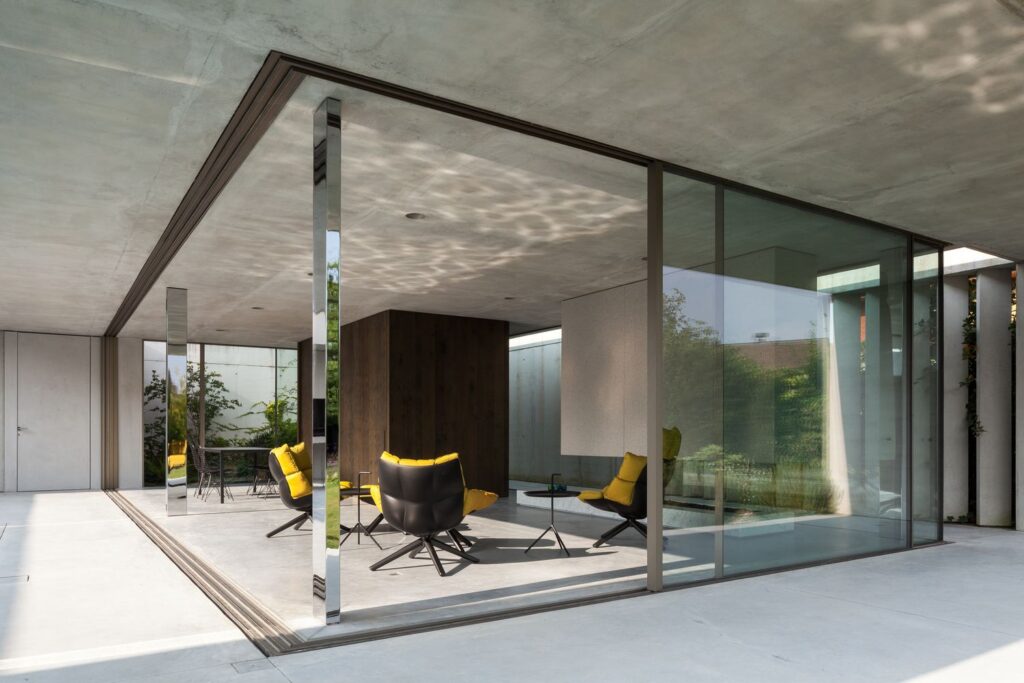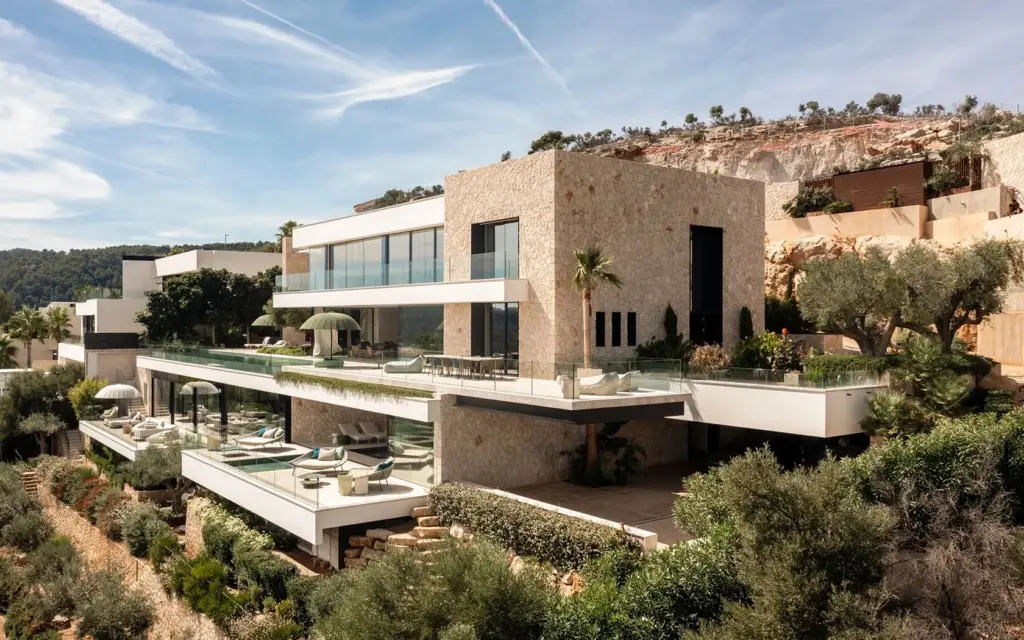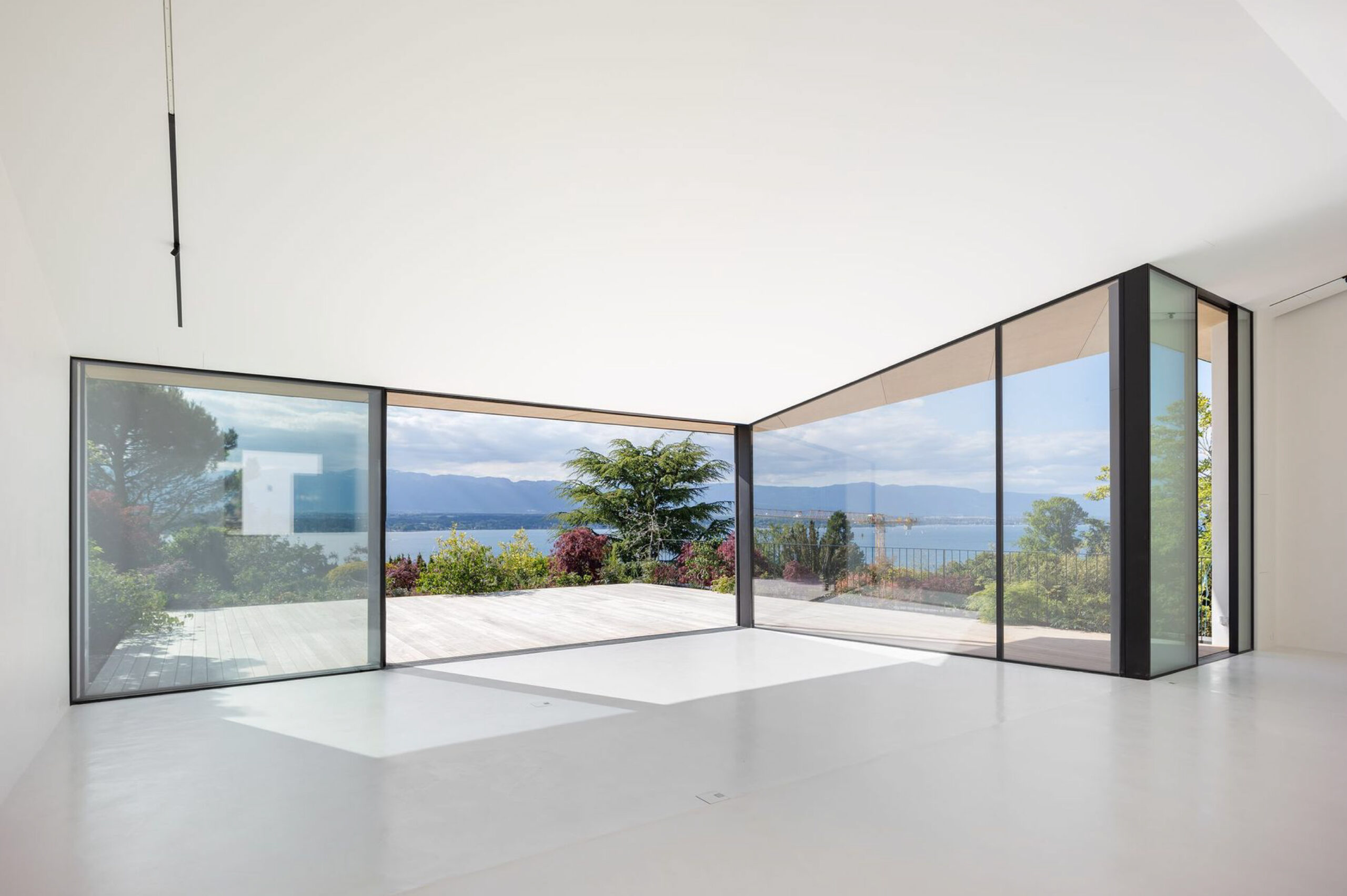Known for their clean lines and functionality, sliding doors have become a popular architectural element in both residential and commercial projects. Whether you’re planning a renovation or designing a new building, sliding doors offer a sleek, modern aesthetic while providing practical benefits. In this article, we’ll explore the basics of sliding doors and why they might be the right choice for your next project.
What are sliding doors?
Sliding doors are doors that open horizontally by sliding along a track, rather than swinging open like traditional swing doors. They typically consist of large glass panels that move parallel to the wall, creating a seamless connection between interior and exterior spaces.

Key Benefits of Sliding Doors
1. Space-Saving Design
Sliding doors are an excellent choice for areas where space is limited. Since they don’t swing open, they don’t require extra clearance, making them ideal for tight spaces or rooms with a minimalist design.
2. Enhanced Natural Light
Large glass panels allow more natural light to enter the room, creating a bright and inviting atmosphere. This not only enhances the aesthetic but also reduces the need for artificial lighting during the day, contributing to energy efficiency.
3. Seamless Indoor-Outdoor Transition
Sliding doors are perfect for creating a smooth transition between your indoor and outdoor spaces. They can open up a room to a balcony, patio, or garden, making your living spaces feel larger and more connected to nature.
4. Energy Efficiency
Modern sliding doors often come with energy-efficient glazing, which helps to regulate indoor temperatures. This reduces heat loss in the winter and keeps the interior cool in the summer, helping to lower energy bills.
5. Customizable Design
Sliding doors come in a wide range of materials, finishes, and sizes. Whether you prefer sleek aluminum frames, natural wood finishes, or even frameless options, sliding doors can be customized to match your design aesthetic.

Perhaps his most famous principle, “Less is more,” summarizes Mies’ approach to design: stripping away the unnecessary to reveal the essential. His buildings are characterized by clean lines, open floor plans, and an absence of ornamentation. This philosophy encourages architects to prioritize spatial clarity and material integrity, resulting in modern and enduring structures.

Types of Sliding Doors
- Single Sliding Doors: Feature one panel that slides open over a fixed panel.
- Bi-Parting Sliding Doors: Have two doors that slide open from the center, offering a grander opening.
- Pocket Sliding Doors: Slide into a wall cavity, completely disappearing when open. Ideal for maximizing space and maintaining clean lines.
Considerations When Choosing Sliding Doors
- Materials: Popular materials include aluminum, wood, and uPVC. Aluminum is durable and low-maintenance, while wood offers a warm, natural look.
- Glazing Options: Double or triple glazing is essential for energy efficiency. Low-E (low-emissivity) coatings can further improve insulation.
- Security Features: Look for sliding doors with multi-point locking systems to enhance security.
- Ease of Operation: High-quality sliding mechanisms and tracks are crucial for smooth operation. Be sure to choose a system that offers effortless movement and long-lasting durability.
Sliding doors are an excellent choice for anyone looking to create a sleek, modern look while maximizing functionality. With their ability to enhance natural light, save space, and improve energy efficiency, they are a smart investment for any architectural project. Whether you’re building a new home or renovating an existing space, sliding doors can provide a touch of elegance and practicality to your design.
